Introduction: The Explosion of Joy and Color
Holi, known as the "Festival of Colors" or the "Festival of Love," is one of the most vibrant and joyous celebrations in Hindu tradition. This ancient spring festival transcends all boundaries of age, gender, social status, and even religion, bringing people together in a spectacular celebration of life, love, and the triumph of good over evil.
Celebrated primarily in India and Nepal, and increasingly around the world, Holi marks the arrival of spring and the end of winter. But beyond its seasonal significance, Holi carries profound spiritual and cultural meanings that have been preserved for thousands of years.
Festival Timing: Holi is celebrated on the full moon day (Purnima) in the Hindu month of Phalguna, typically falling in March. The festival spans two days, beginning with Holika Dahan and culminating in Rangwali Holi.
The Spiritual and Mythological Foundations
The Legend of Holika and Prahlad

The most prominent story behind Holi revolves around the devotee Prahlad and his evil aunt Holika. This tale exemplifies the victory of unwavering faith over tyranny and evil intentions.
The Sacred Story:
- Demon King Hiranyakashipu: Ruled with pride, demanding worship as a god
- Prahlad's Devotion: Despite threats, young Prahlad remained devoted to Lord Vishnu
- Holika's Scheme: The king's sister, immune to fire, tried to burn Prahlad alive
- Divine Protection: Holika burned while Prahlad was protected by his faith
- Victory of Good: Lord Vishnu's Narasimha avatar destroyed the tyrant king
Spiritual Lessons:
This story teaches us that genuine devotion and righteousness are more powerful than any worldly force. The burning of Holika represents the destruction of negative qualities like ego, hatred, and jealousy within ourselves.
Radha-Krishna and Divine Love
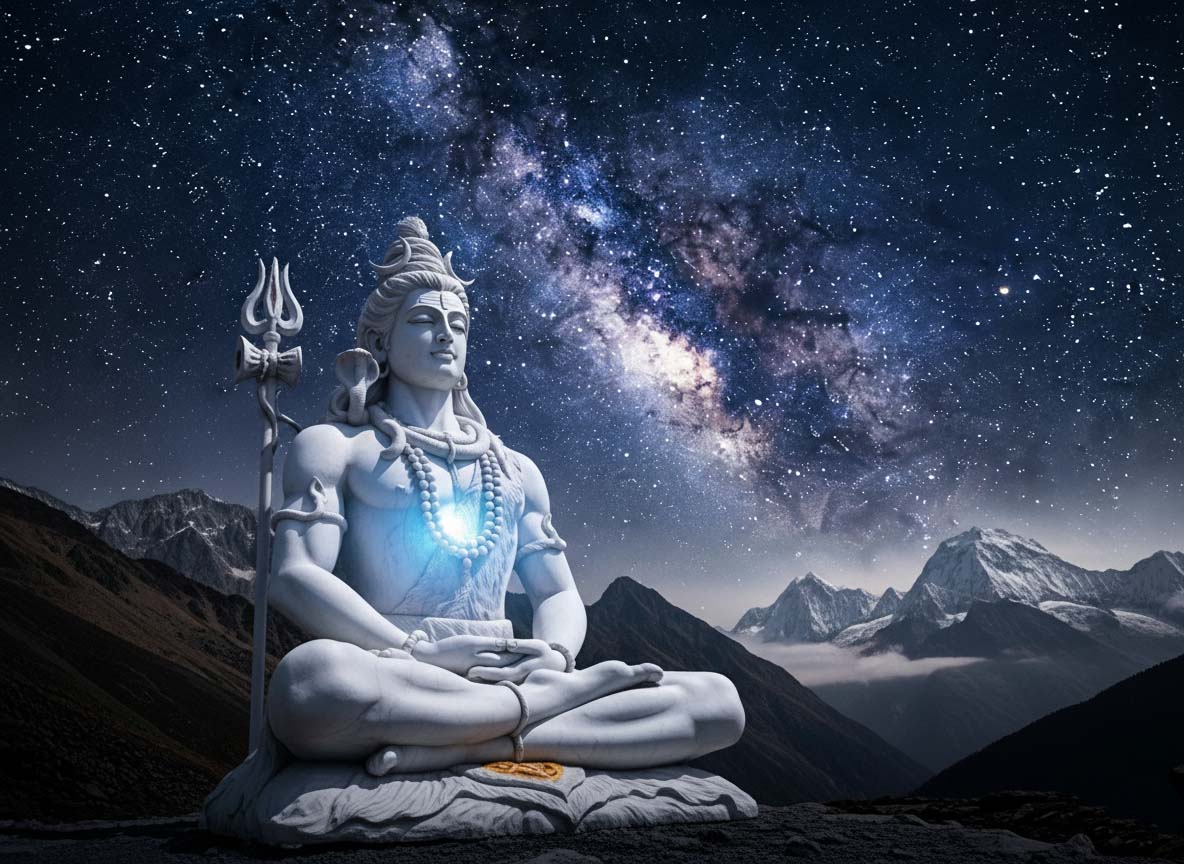
In Vrindavan and Mathura, Holi is intimately connected with the divine love play (leela) between Radha and Krishna. This aspect of Holi celebrates pure, unconditional love and the playful nature of the divine.
Krishna's Holi Legends:
- Childhood Colors: Young Krishna's complaint about his dark complexion and fair Radha
- Mother Yashoda's Solution: Suggested Krishna color Radha's face any color he wished
- Playful Romance: Krishna and the gopis (cowherd girls) engaging in color play
- Spiritual Union: Colors representing the merging of individual soul with universal consciousness
The Radha-Krishna tradition of Holi emphasizes that spiritual practice should be joyful, spontaneous, and filled with divine love rather than being somber or overly serious.
The Two-Day Celebration Structure
Day 1: Holika Dahan - The Night of Purification

The first day, known as Holika Dahan or Choti Holi, involves lighting bonfires to symbolically burn away negativity and evil influences from our lives.
Traditional Rituals:
- Bonfire Preparation: Community members gather wood, dried leaves, and organic materials
- Evening Lighting: The bonfire is lit at sunset with mantras and prayers
- Offerings: People offer coconuts, grains, and sweets to the fire
- Circumambulation: Walking around the fire three times while chanting
- Ash Collection: Taking holy ash (bhasma) for spiritual protection
Spiritual Significance:
- Inner Purification: Burning negative thoughts and habits
- Community Bonding: Bringing neighborhoods together in shared purpose
- Gratitude: Thanking the divine for protection and blessings
- Renewal: Preparing mind and heart for fresh beginnings
Day 2: Rangwali Holi - The Festival of Colors
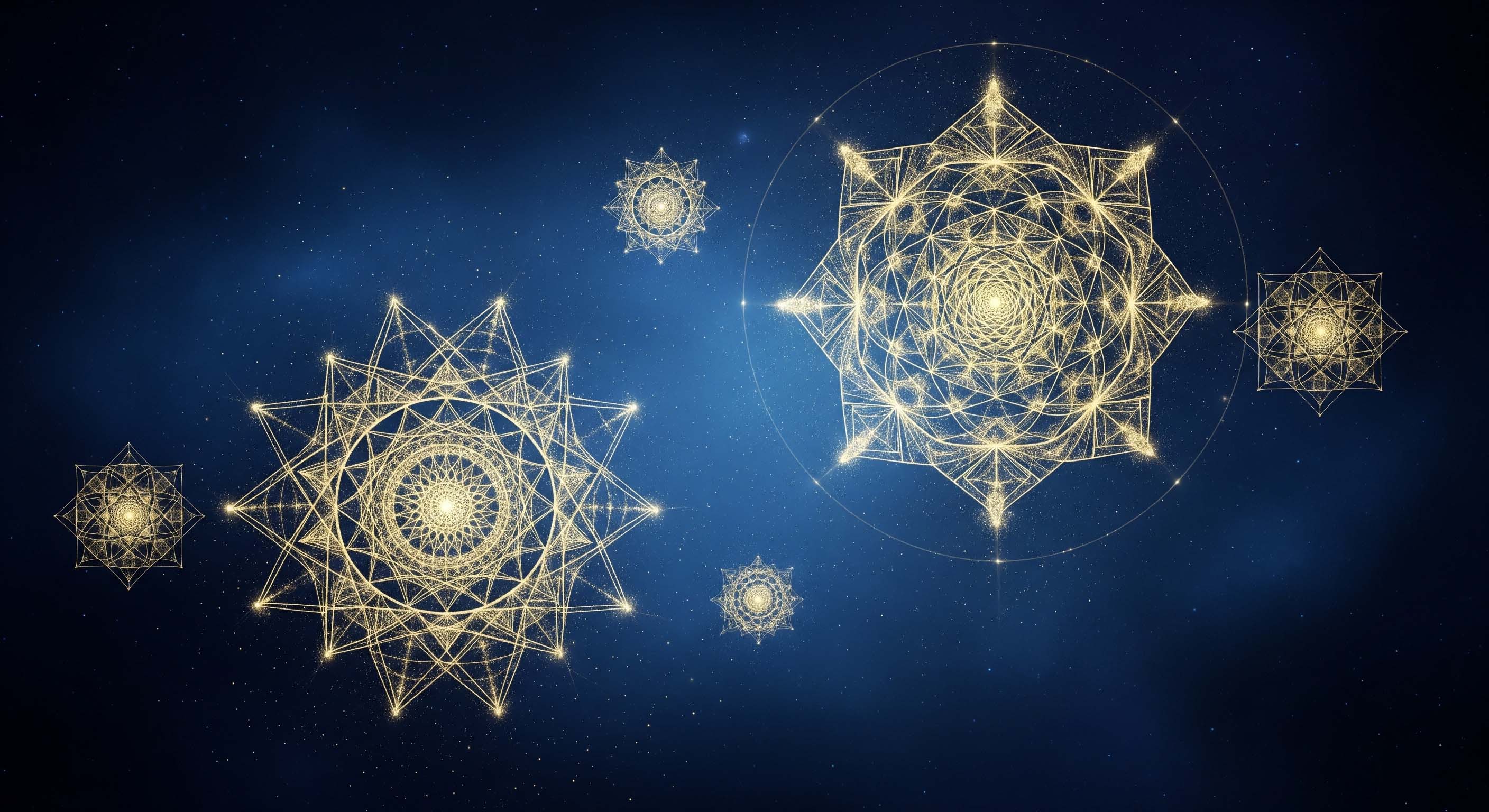
The second day is the main celebration where people play with colors, symbolizing the diversity and beauty of life itself.
Morning Celebrations:
- Early Start: Festivities begin soon after sunrise
- Water and Colors: Throwing colored powders and spraying colored water
- Musical Processions: Groups singing Holi songs and playing instruments
- Community Gathering: Streets, parks, and homes filled with celebrants
Traditional Greetings:
- "Holi Hai!" (होली है!): "It's Holi!" - the universal greeting
- "Bura na mano, Holi hai!": "Don't mind, it's Holi!" - asking forgiveness for the playful mischief
- "Happy Holi!": Modern universal greeting
The Sacred Science of Colors
Color Symbolism and Spiritual Meanings

Each color used in Holi carries specific spiritual and psychological significance, making the festival a form of chromotherapy for the soul.
Traditional Color Meanings:
- Red (Lal): Love, passion, fertility, and life force energy
- Yellow (Peela): Knowledge, learning, happiness, and prosperity
- Green (Hara): Nature, new beginnings, harmony, and fresh starts
- Blue (Neela): Bravery, determination, and connection to Krishna
- Orange (Kesariya): Optimism, energy, enthusiasm, and spiritual awakening
- Pink (Gulabi): Compassion, care, and nurturing feminine energy
Psychological Benefits:
- Mood Enhancement: Bright colors naturally elevate spirits and combat depression
- Stress Relief: Playful activity releases endorphins and reduces cortisol
- Social Connection: Breaking barriers and encouraging human interaction
- Creative Expression: Allowing artistic and spontaneous self-expression
Modern Eco-Friendly Celebration
Environmental Consciousness in Festival Celebration
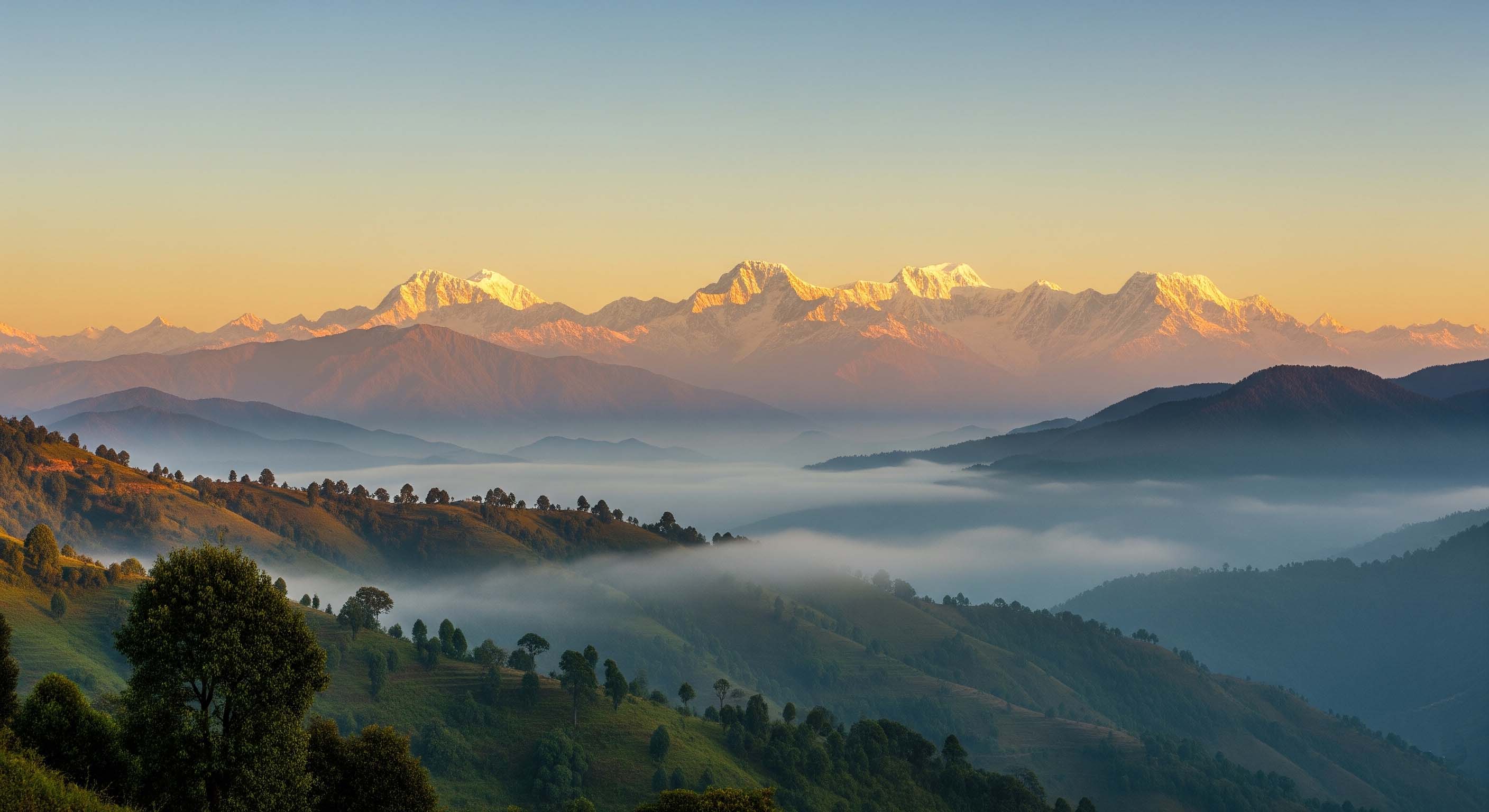
As environmental awareness grows, many communities are returning to traditional eco-friendly practices while adding modern sustainable innovations.
Eco-Friendly Alternatives:
- Natural Colors: Homemade colors from turmeric, beetroot, spinach, and flowers
- Water Conservation: Dry Holi celebrations using only powder colors
- Organic Treats: Traditional sweets made with organic ingredients
- Biodegradable Decorations: Using flowers and leaves instead of plastic
Safety Guidelines:
- Skin Protection: Apply oil before playing to prevent color absorption
- Quality Colors: Ensure colors are non-toxic and skin-safe
- Respect Consent: Honor those who choose not to participate
- Immediate Cleanup: Wash colors off within a few hours
Traditional Foods and Festive Recipes
Classic Holi Delicacies
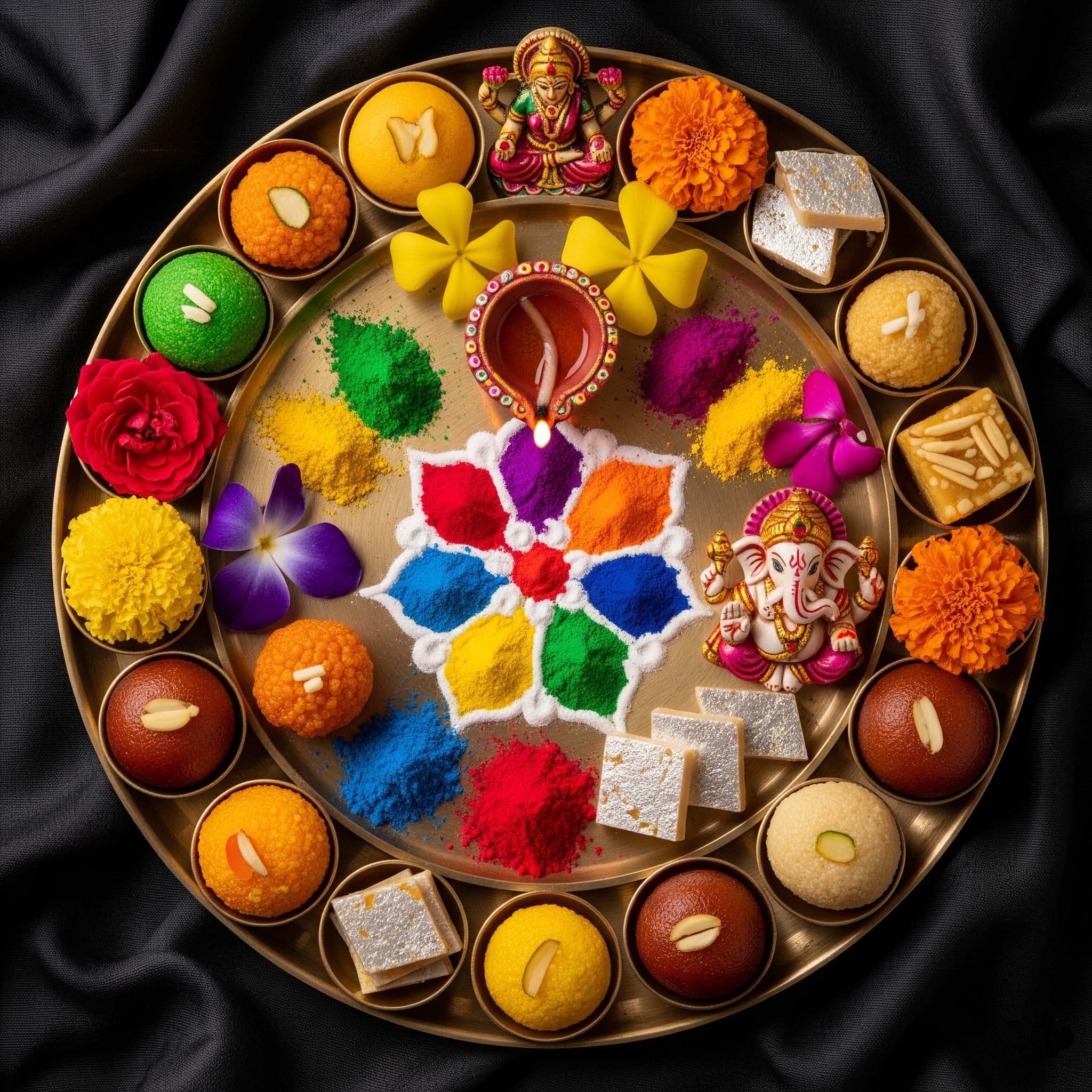
Food plays an essential role in Holi celebrations, with special dishes prepared to share with family, friends, and neighbors.
Traditional Preparations:
- Gujiya: Crescent-shaped pastries filled with khoya and dry fruits
- Thandai: Spiced milk drink with almonds, saffron, and traditional spices
- Malpua: Sweet pancakes soaked in sugar syrup
- Dahi Bhalla: Lentil dumplings in spiced yogurt
- Chaat Items: Various savory street food combinations
Spiritual Practices for Holi
Inner Transformation Through Festival Observance
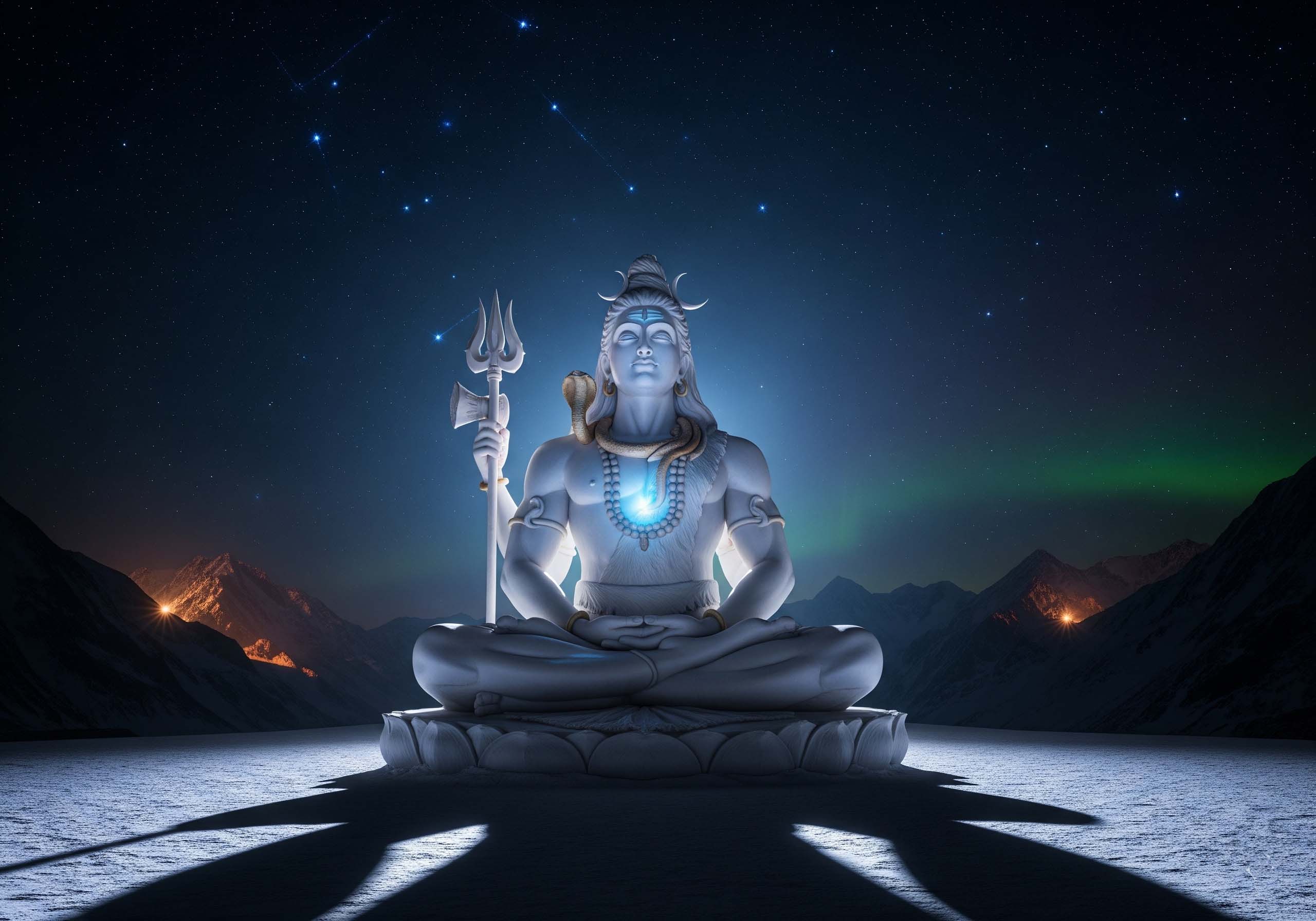
Beyond external celebration, Holi offers opportunities for deep spiritual practice and inner transformation.
Spiritual Practices:
- Forgiveness Ritual: Releasing grudges and past hurts
- Gratitude Practice: Appreciating life's colorful experiences
- Joyful Meditation: Finding divine presence in playful moments
- Community Healing: Strengthening bonds through shared celebration
Conclusion: Embracing Life's Full Spectrum
Holi teaches us that life, like the festival itself, is meant to be lived in full color. It reminds us that true spirituality includes joy, playfulness, and celebration alongside serious practices. The festival encourages us to embrace all aspects of human experience - the bright and vibrant moments alongside the more subdued ones.
As we throw colors during Holi, we're not just playing - we're participating in an ancient ritual that celebrates diversity, promotes forgiveness, and brings communities together. Each splash of color represents our willingness to embrace life fully, to forgive past hurts, and to welcome new beginnings with open hearts.
"जब रंगों में डूबकर खुशियों का त्योहार मनाते हैं,- Traditional Holi Blessing
तब समझ आता है कि जिंदगी कितनी खूबसूरत है।
When we celebrate the festival of joy by immersing in colors,
We realize how beautiful life truly is."
May this Holi bring vibrant colors to your life, wash away all sorrows, and fill your heart with love, laughter, and endless joy. Let us celebrate not just with external colors, but by cultivating the beautiful colors of compassion, kindness, and spiritual awareness within ourselves.
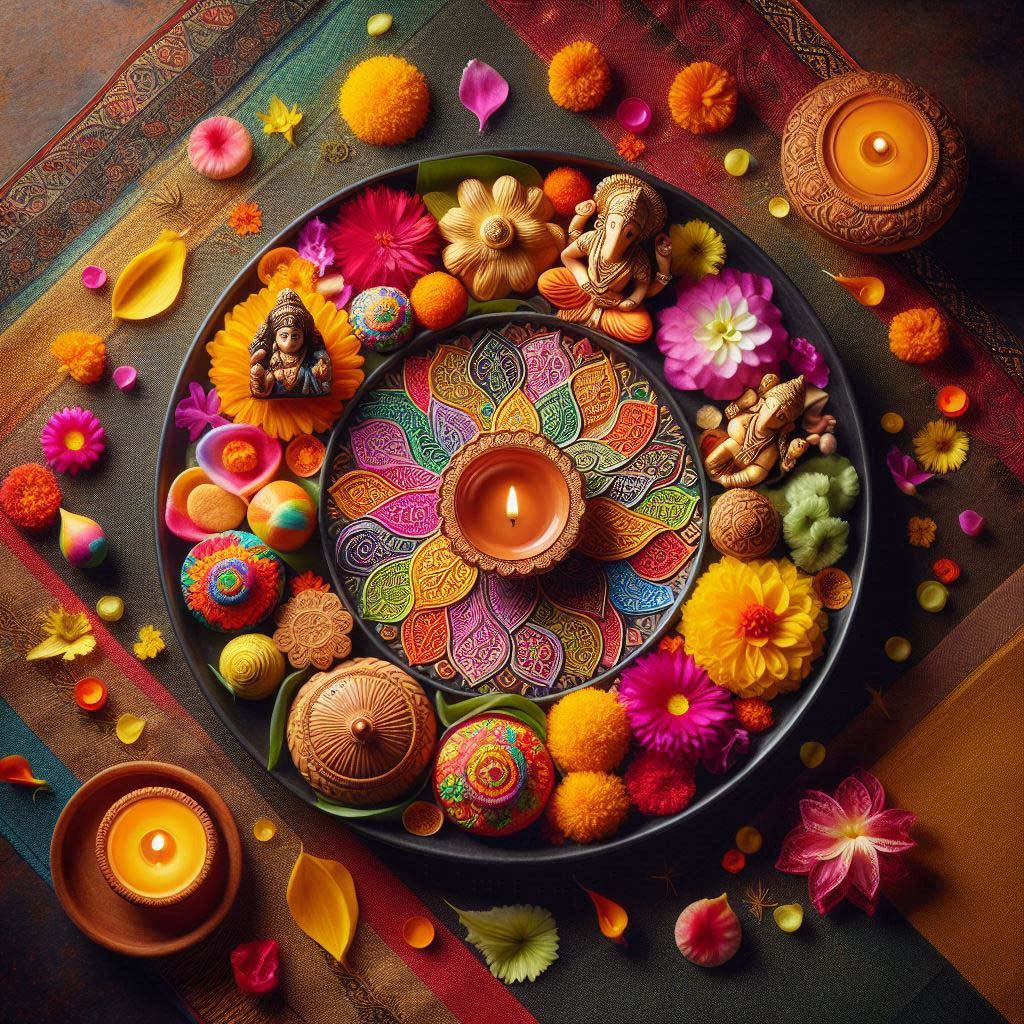
Share Your Holi Experiences
Join our discussion forum to share your Holi celebration stories and connect with our community.